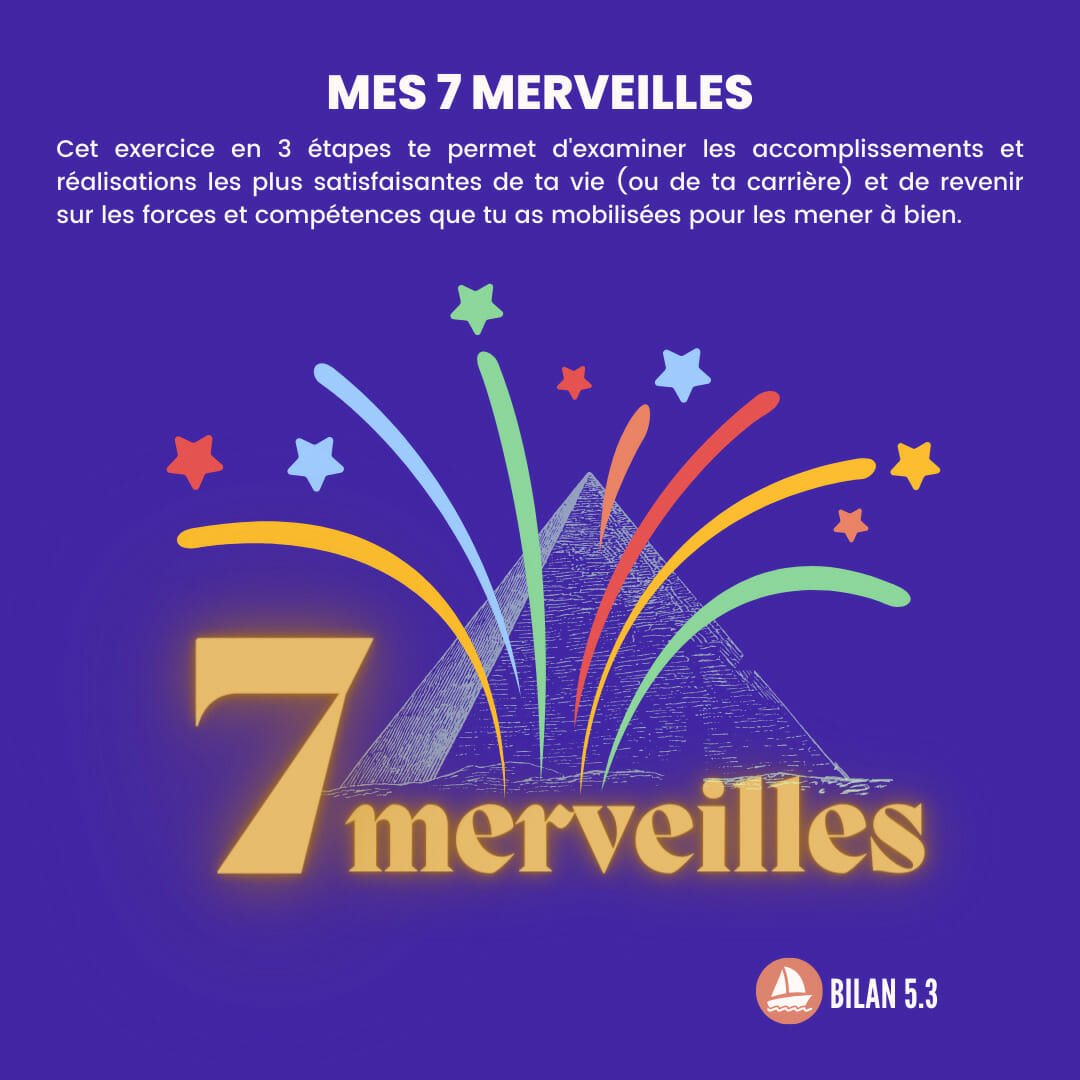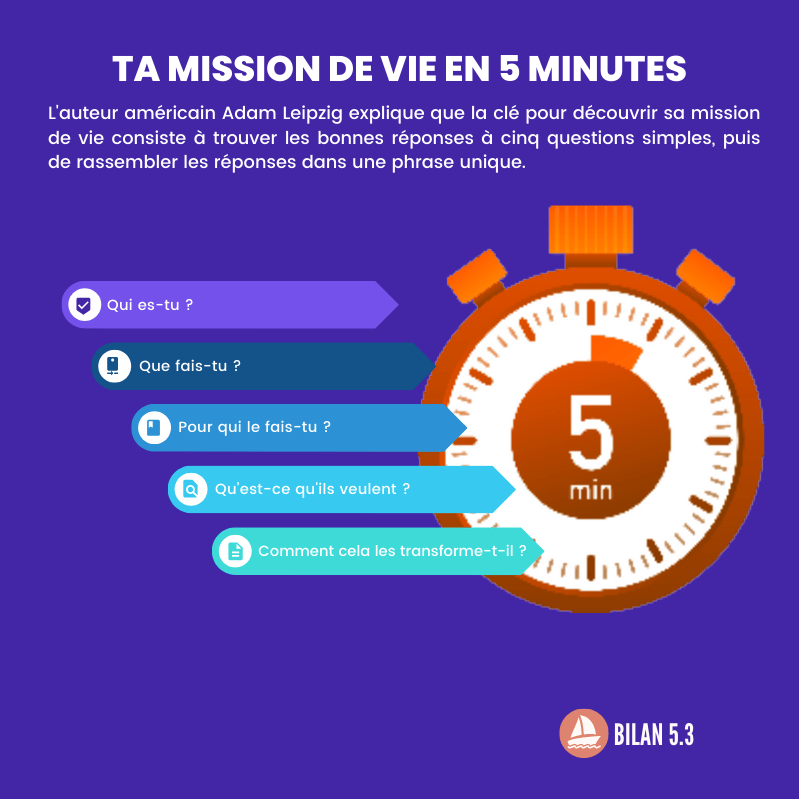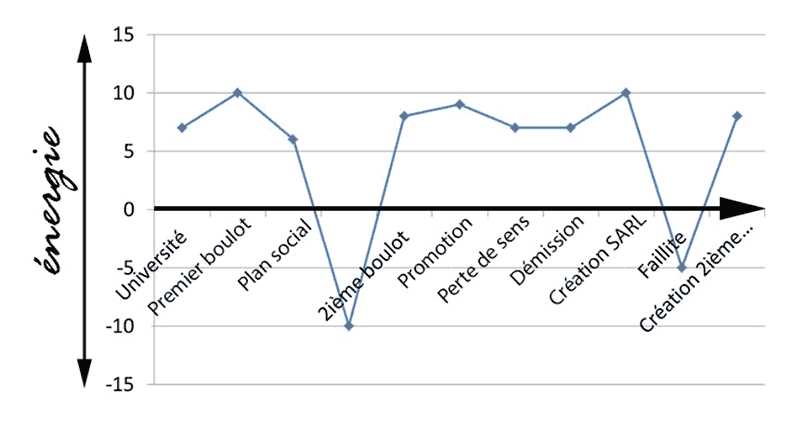When all your energy is focused on a particular project or problem, you can quickly come to neglect certain key areas of your life, simply from lack of attention. To correct things, there is a simple and practical tool that gives you a 360° view of your existence. It’s called the Wheel of Life and we explain how it works?
The Wheel of Life is a self-reflection tool widely used by personal development coaches to assess how different areas of your life are in balance. The general idea is to achieve a satisfactory balance between career and private life. This awesome tool is inspired by a Buddhist mandala, the Bhavachakra, which represents the vision of the universe.
What is the wheel of life?
Commonly used by professional life coaches, the wheel of life helps you gain perspective on your quality of life. This tool is based on the idea that there are eight main areas in our life and that they all interact with each other. The wheel of life makes it easy to understand what’s good for you and what could be improved.
The purpose of this tool is to help you create a balance between these eight areas. This can be difficult, because most people focus on one, two or three areas at a time on a daily basis without paying attention to the others!
Life is a painting, and you are the artist. You have on your palette all the colors of the spectrum, the very ones used by Michelangelo and Leonardo da Vinci.
Paul J. Meyer
Imagine a wheel with eight spokes. Each ray represents a particular aspect of your life: family, health, career… The goal is to balance all these areas to live a satisfying and balanced life. It’s about not leave nothing behind to feel as fulfilled as possible at all levels. It’s not not the secret of happinessbut a practical and concrete way to gain height.
Wheel of life or wheel of values?
The Wheel of Life is inspired by a Buddhist mandala, that is to say an image (usually a work of art) that is used as a support for meditation. This mandala is called the Bhavachakra, it represents the vision of the universe. It focuses on six components, which are called the “happiness factors” in life.
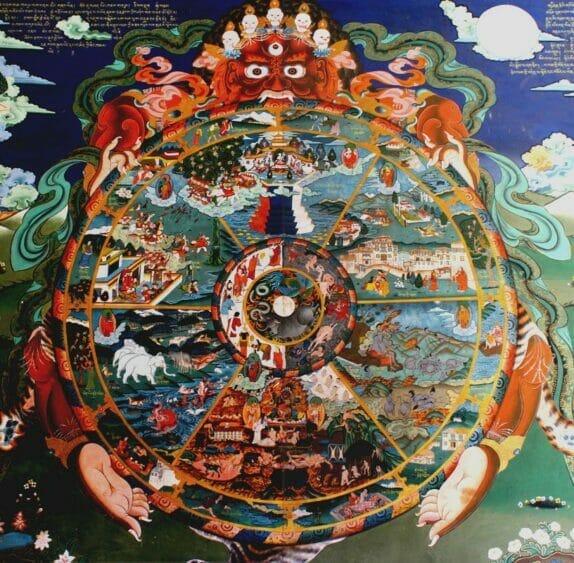
The modern concept The Wheel of Life) is attributed to Paul J. Meyer (1928-2009), the American pioneer of personal development and business coaching in the 1960s. He created many programs to help executives achieve their goals, manage their time, and lead teams.
If originally the wheel of life had 6 sectors, the modern version of the tool has integrated two additional dimensionsthe physical environment on the one hand and the finances on the other hand, to number eight today.
What are the eight areas of life?
Here are the eight areas of your existence to balance if following the wheel of life pattern:
health and well-being
This sector includes your physical, mental and emotional health. It also includes your energy levels and, more generally, how you feel most of the time: how good are you?
Your physical environment
This sector includes your place of residence, your car and your office. These are the places where you spend most of your time, where you feel comfortable and safe. For example, you may have a nice house, but if it is too far from your place of work or if it is too small for your family, it will not give you full satisfaction.
Love and married life
Your love situation and your life, if you are in a relationship, do they satisfy you? Do you share big projects together? Are you sexually fulfilled with your partner?
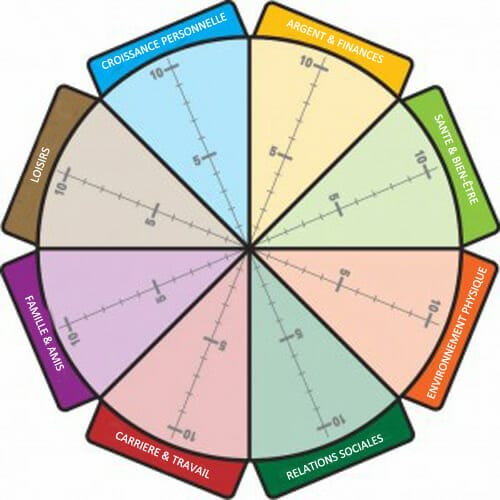
Your social relationships
This area includes all your non-couple relationships, starting with the members of your family (children, parents, brothers and sisters, etc.), your friends and those around you in the broad sense (your neighbors and your colleagues for example).
career and work
This includes your career or business, as well as any other job or volunteer position that brings you satisfaction and fulfillment. You can also include short-term goals here, like taking on a new project or learning something new at work.
Your finances
It’s about how much money you make and how stable your income is over time. It also includes saving for retirement and other financial goals like paying off debt or buying a car or house.
Your hobbies
What are your passions and hobbies in life? Do you regularly practice hobbies outside of work? Do you often give yourself time just for yourself?
Personal development
What are your dreams and desires? Do you set goals to achieve? It’s about finding meaning in life through spirituality, community involvement or other activities that, outside of work, give you the feeling of progress, of flourish as an individual and accomplish something big.
How to do the wheel of life?
Here’s a handy guide to assessing your current level of life satisfaction. Remember that the Wheel of Life is a dynamic model. It’s a photograph of your situation at the moment T and it’s up to you to change it…
Total time : 60 minutes
1. Download the wheel of life to print
Print it wheel of life blank template online that we offer you (in PDF format) or, if necessary, draw your own version on a white sheet.
2. Evaluate each sector separately
Honestly rate your satisfaction in each of the eight areas of your life. Don’t lie to yourself, it is a tool that should help you evolve. Use a scale of 1 to 10 (10 being the optimal satisfaction) to answer the simple question ” How happy am I with my life in this area? »
3. Make the necessary observation
At this point, you should already see things more clearly, so ask yourself the right questions:
- Is there a form of balance between the different sectors?
- If so, at what level is this balance established: globally high or rather low?
- On the contrary, is there a flagrant imbalance between two or three very satisfactory sectors and a few others frankly neglected.
4. Identify the area to rebalance first
It is difficult to work on all the weak sectors at the same time, so choose the one you care about the most and determine which score (maximum 10) would give you satisfaction.
5. Take Action
You know what you want and you now have an acceptable level of satisfaction in mind: your objective is therefore clarified. Now take the time to visualize the small steps you can do to advance this area of your life. What can you do today (not tomorrow, not in a month) to start improving the situation? Do it and start again tomorrow.










